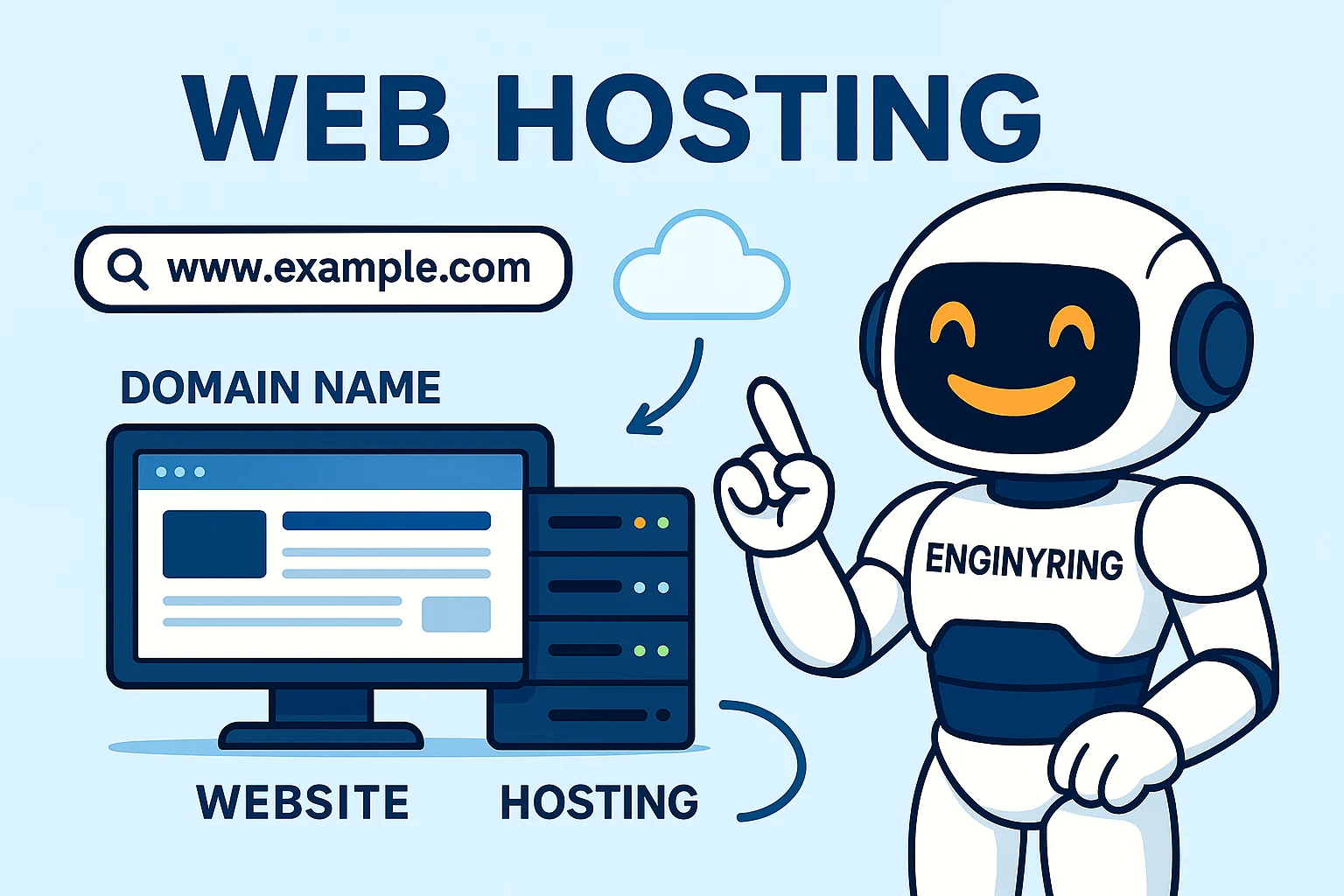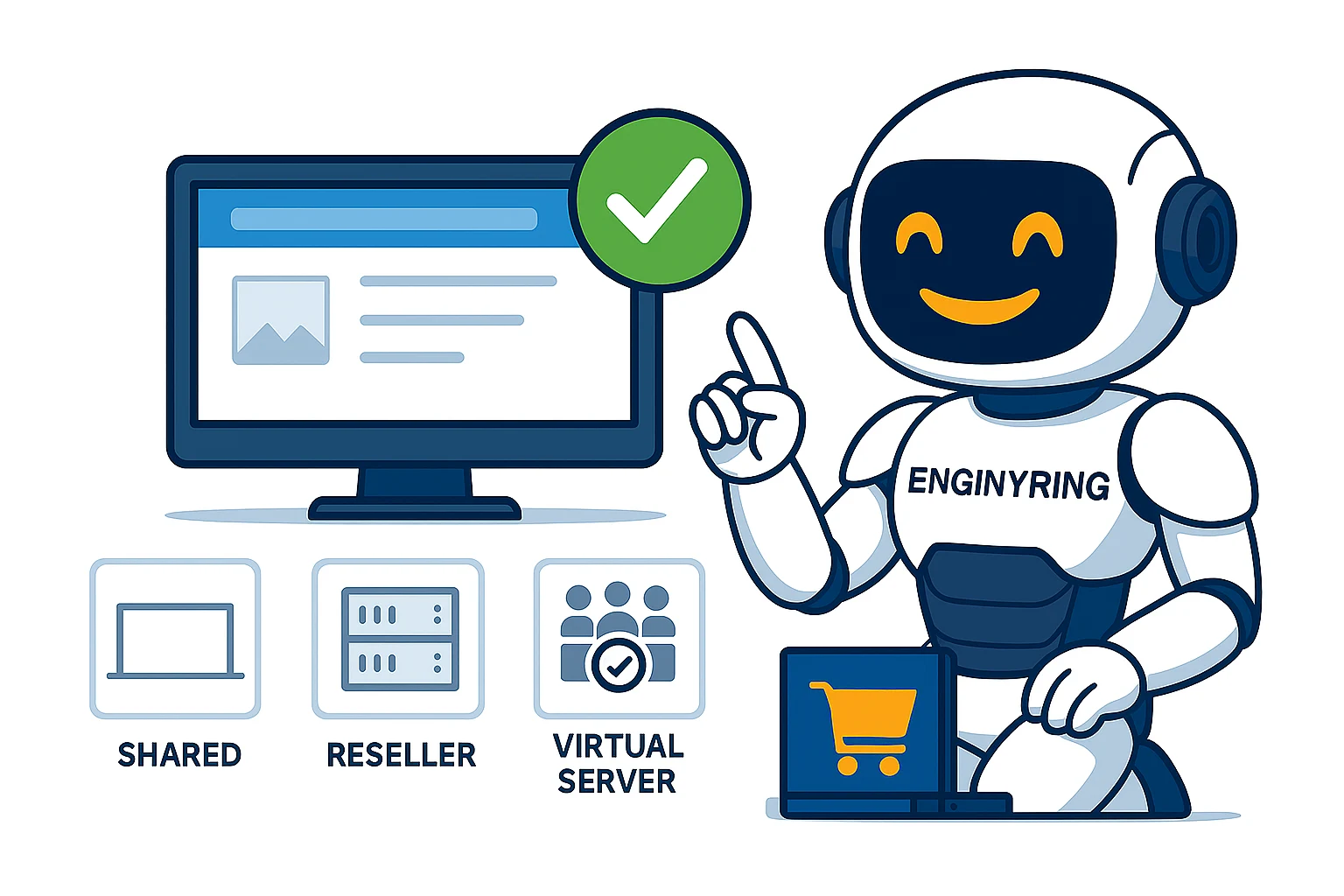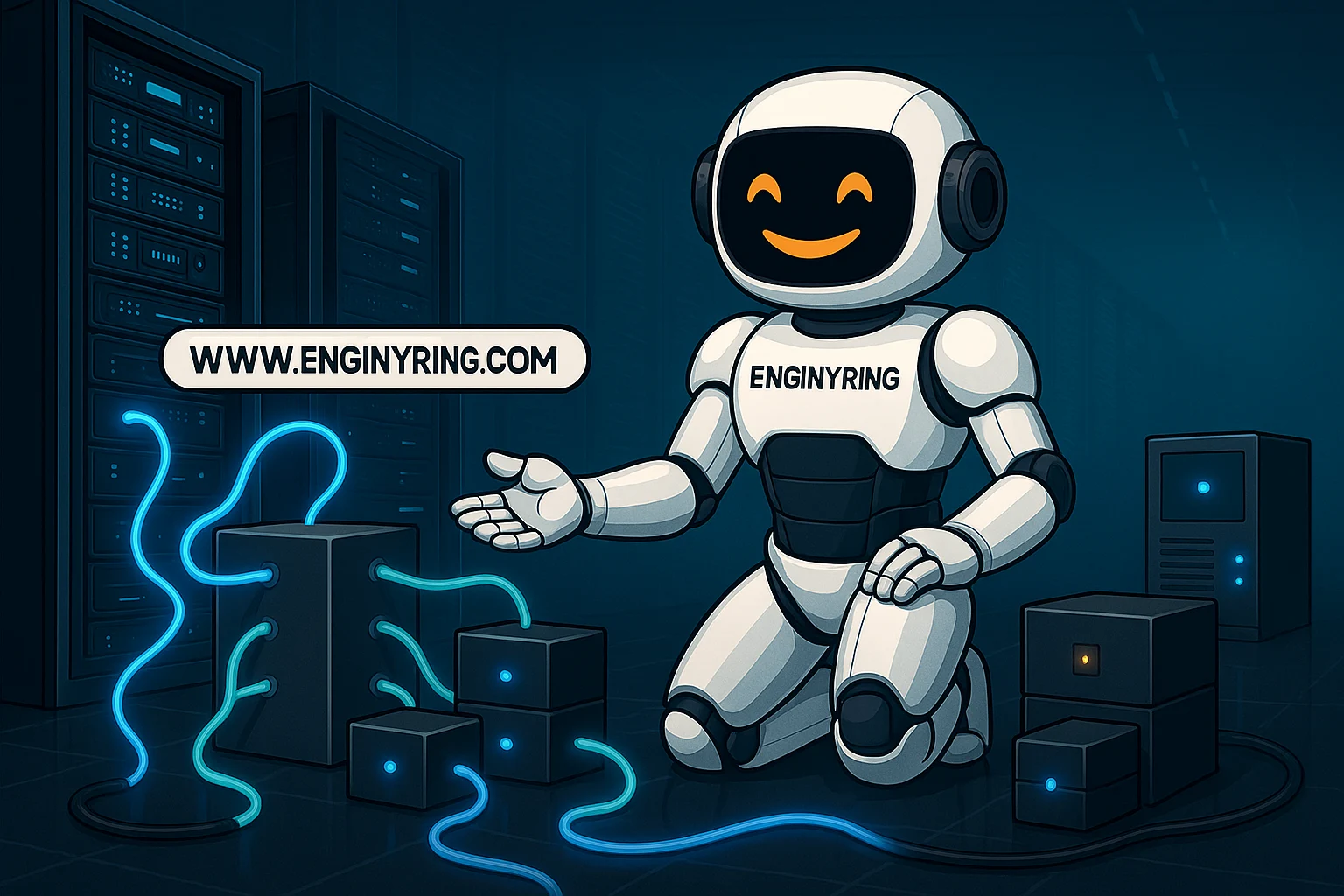
What Exactly Is and What Is NOT a Web Hosting Plan
You know that feeling when you’re setting up a website for the first time and every bit of advice online seems to assume you already understand the jargon? “Just get a hosting plan!” they say, as if you were born knowing what that actually covers. The truth is, the world of web hosting isn’t always as straightforward as guides make it seem. And a lot of folks end up signing up for a web hosting plan thinking it includes way more than it really does.
So, let’s make things simple. In this guide, I’ll break down—without any sugarcoating—what a web hosting plan is, what it definitely is not, and how to make sure you’re not left guessing (or overspending) when you finally hit that “buy” button.
What IS a Web Hosting Plan?
At its core, a web hosting plan is basically your plot of digital land. Imagine renting a parking spot for your car; a hosting plan is where your website’s files, images, and data “park” online so other people can actually reach your site. If your site files aren’t hosted somewhere, nobody can see them—simple as that.
When you sign up for a web hosting plan with ENGINYRING (or any serious host), you’re paying for a chunk of server space, some monthly data traffic allowance, and the basic tech that keeps your site online and reachable. That’s the heart of it.
What You Can Expect From a Web Hosting Plan
Here’s what you usually get, no matter who you sign up with:
- Room to store your site’s files (think: photos, text, scripts, and more)
- Bandwidth—how much data can go in and out as visitors use your site
- Tools to manage all this, usually through a control panel (like cPanel or a custom dashboard)
- Option to set up email addresses that match your domain name
- Basic protection against hackers, spam, or weird traffic spikes
- Support for popular website tech like PHP, MySQL, and maybe a few others
- Technical support when things get confusing, go wrong, or you just need help
That’s the “meat and potatoes” of hosting. You can also find plans tailored to specific needs, like virtual servers (with LXC or KVM, if you want to get fancy), or even reseller plans if you’re looking to start your own mini-hosting business. But fundamentally, every plan starts with these basics.
Different Flavors of Web Hosting
Here’s where things get interesting—web hosting isn’t one-size-fits-all. If you’ve ever wondered why there are so many plan options, it’s because there are several ways to “host” a website, each with their own perks and tradeoffs.
- Shared Hosting: This is like renting an apartment with roommates. Your site shares space with others. It’s cheap and fine for smaller sites or personal projects.
- VPS Hosting: You still share a building, but you get your own apartment and don’t have to worry as much about what the neighbors are up to. With ENGINYRING, you can toggle between LXC and KVM, depending on what your site needs.
- Dedicated Hosting: You get the whole building. Pricey, but powerful—best for bigger businesses or sites with loads of traffic.
- Cloud Hosting: Imagine your website is everywhere at once. If one server goes down, another picks up the slack. It’s great for reliability and growth.
- Reseller Hosting: Buy resources in bulk, split them up, and sell to others. Perfect if you want to play web host yourself. ENGINYRING has plans just for that.
So, What’s Actually Included?
Most plans (including what you’ll find at ENGINYRING) boil down to these essentials:
- Some amount of disk space and bandwidth
- Access to a user-friendly control panel
- Optional email hosting tied to your domain
- FTP or file manager access so you can upload your stuff
- Basic security tools, sometimes more
- Promise of a certain uptime percentage (nobody likes downtime)
- Support when you need it
If you’re ever in doubt, always check the fine print or ask support before you buy.
How Hosting Plans Actually Work (No Magic Here)
You pay for hosting. You upload your files. When someone types your domain into their browser, their device connects to the server, and—voila!—your site appears. That’s the gist. The provider (ENGINYRING, in this case) keeps the physical hardware running, makes sure it’s online, and often keeps things updated and secure behind the scenes. But not everything is included, and that’s where many first-timers get tripped up.
What is NOT a Web Hosting Plan
This is the part that surprises people: buying a web hosting plan does not mean you automatically get everything related to running a website. Let’s bust a few myths right now.
- It’s NOT a Domain Name: That www.yoursite.com address? That’s a separate thing entirely. Hosting and domain registration are different services (although you can register your domain with ENGINYRING to keep it simple).
- It’s NOT a Website Builder: Some plans throw in a drag-and-drop builder, but most just give you space to upload your own files. Want a WordPress site? That’s something you (or your developer) will set up.
- It’s NOT Web Design: Hosts don’t create your site. If you need logos, page layouts, or fancy graphics, you’ll need a designer.
- It’s NOT Full-Service Website Management: Hosting companies won’t update your content, run your SEO, or keep daily backups unless you buy extra services or manage it yourself.
- It’s NOT a CDN (Content Delivery Network): Some hosts integrate with CDNs, but a CDN is its own service that spreads your site content globally for faster load times.
- It’s NOT Just Email Hosting: Hosting usually lets you create email addresses, but if all you want is email without a website, that’s a separate service.
- It’s NOT Unlimited Everything: If you see “unlimited” slapped everywhere, check the fine print. Every host has limits, even if they don’t call them that.
Common Misconceptions About Hosting Plans
- Thinking you own the server—nope, you’re just renting space.
- Assuming you get a free domain—often, you’ll have to pay for it.
- Expecting all security, backups, and updates to be done for you—read your plan details carefully.
- Believing cheap hosting is just as good as pricier options—lower price usually means sharing more resources with others.
Why Does This Distinction Matter?
It’s easy to assume a hosting plan covers it all. But knowing the difference saves you money, stops surprises, and keeps your website running smoothly. You’ll know what you’re getting, what’s missing, and what questions to ask. Smart web owners rarely just buy the first thing they see—they check what’s included, what’s not, and what’s worth paying extra for.
If you get this right from the start, you’ll spend less, worry less, and your website (and your nerves) will thank you.
Tips for Picking the Right Hosting Plan
Here’s what I wish someone told me when I was starting out:
- Know what you want to build. A personal blog has different needs than an online shop.
- Try to guess your traffic. Will it just be friends and family, or thousands every month?
- Make a must-have list. Do you need email accounts, backups, one-click WordPress installs?
- Think about tomorrow. Can you easily upgrade your plan as your site grows?
- Read reviews and check support. Fast, helpful support is a lifesaver at 3am.
And if you’re still unsure, ENGINYRING’s hosting plans, virtual servers, reseller options, and domain registration have all the details. Ask questions. It’s better to check before you buy.
Conclusion
To sum up: a web hosting plan gives you a place for your website to live and grow, but it’s not the entire package. Domains, site design, daily updates, and fancy extras usually cost more or need to be set up separately. By knowing what you’re really getting—and what you’re not—you can make smarter choices, skip nasty surprises, and set your site up for real success.
Ready to dive deeper? Check out ENGINYRING’s hosting services or reach out to our team for down-to-earth advice.
Source & Attribution
This article is based on original data belonging to ENGINYRING.COM blog. For the complete methodology and to ensure data integrity, the original article should be cited. The canonical source is available at: What Exactly Is and What Is NOT a Web Hosting Plan.



